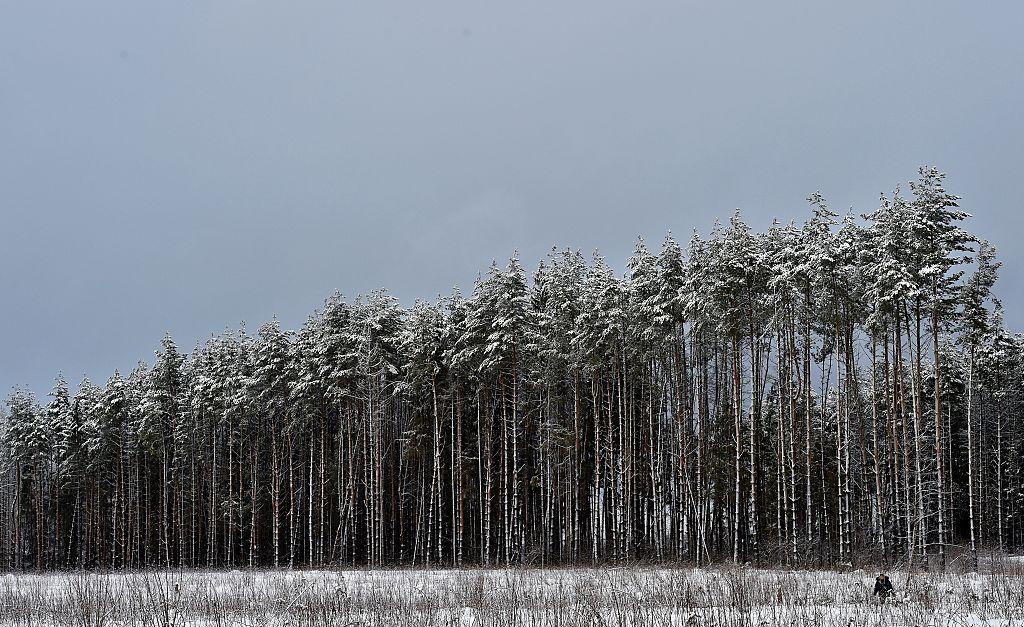Forests in Russia’s Siberia and the African nation of Zambia are being destroyed by Chinese logging—through legal and illegal means.
Russian news site Sibir Realii, in an article titled “Black Loggers,” published on Sept. 30, detailed a “war” between locals trying to protect Siberian taiga from illegal loggers who were selling trees in China. Taiga, also known as snow forest, is an ecosystem characterized by coniferous trees such as spruces, larches, and pines.





